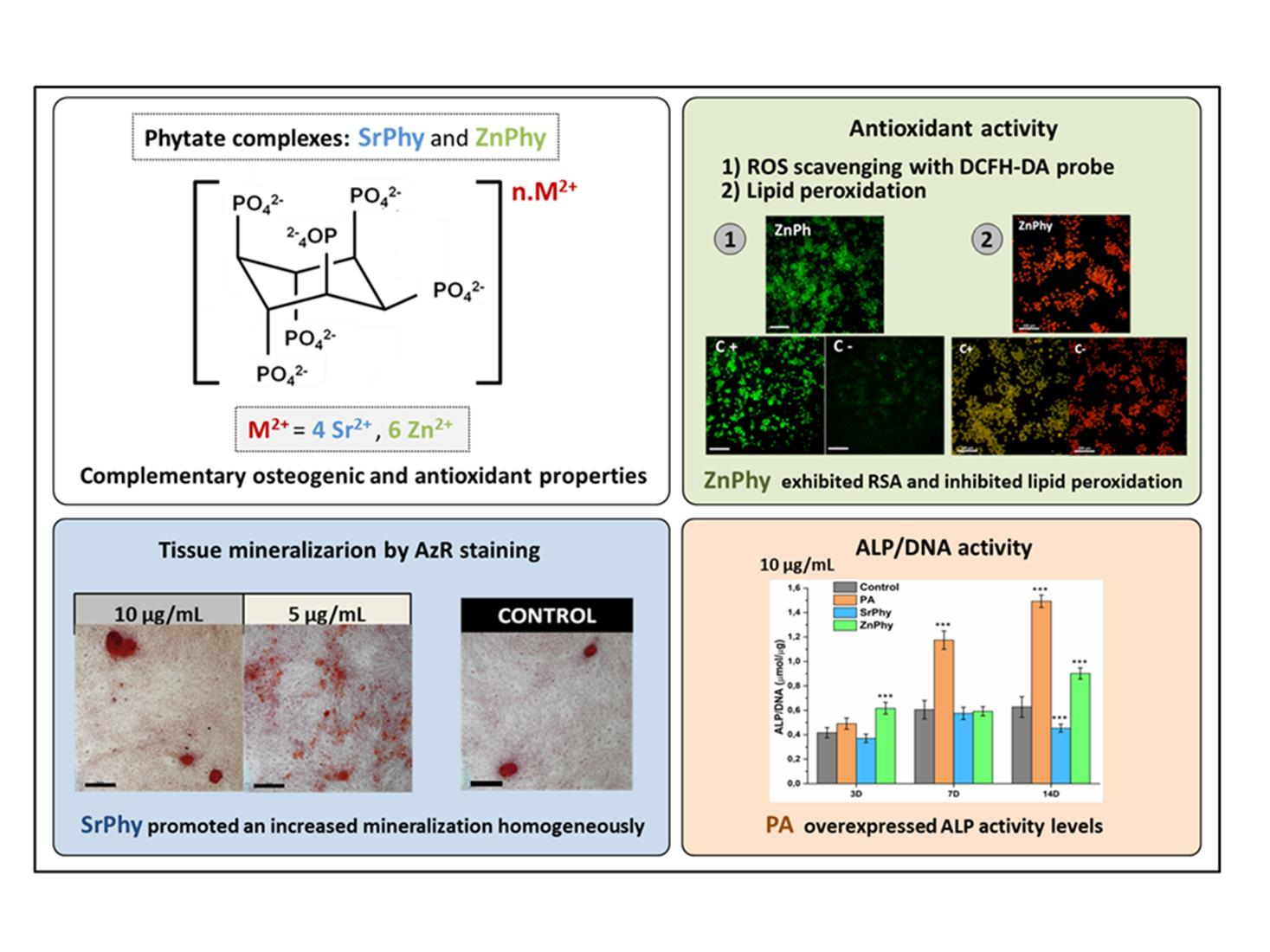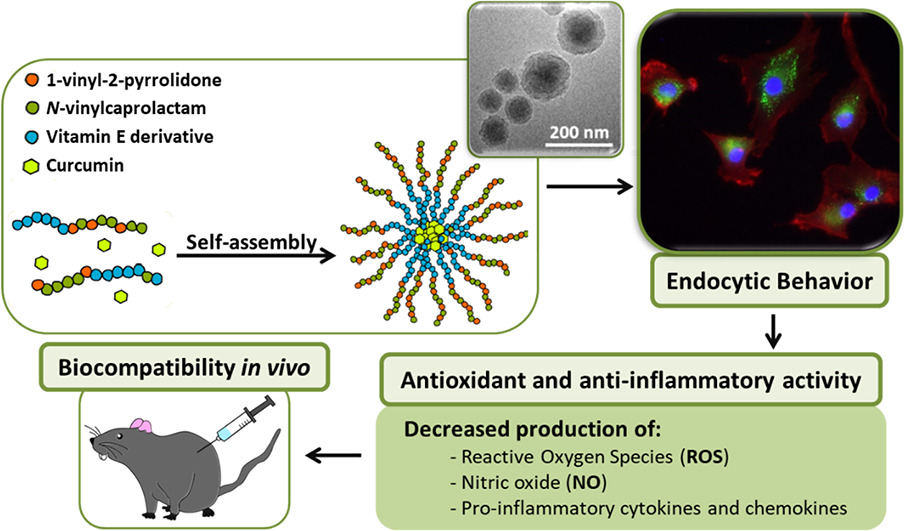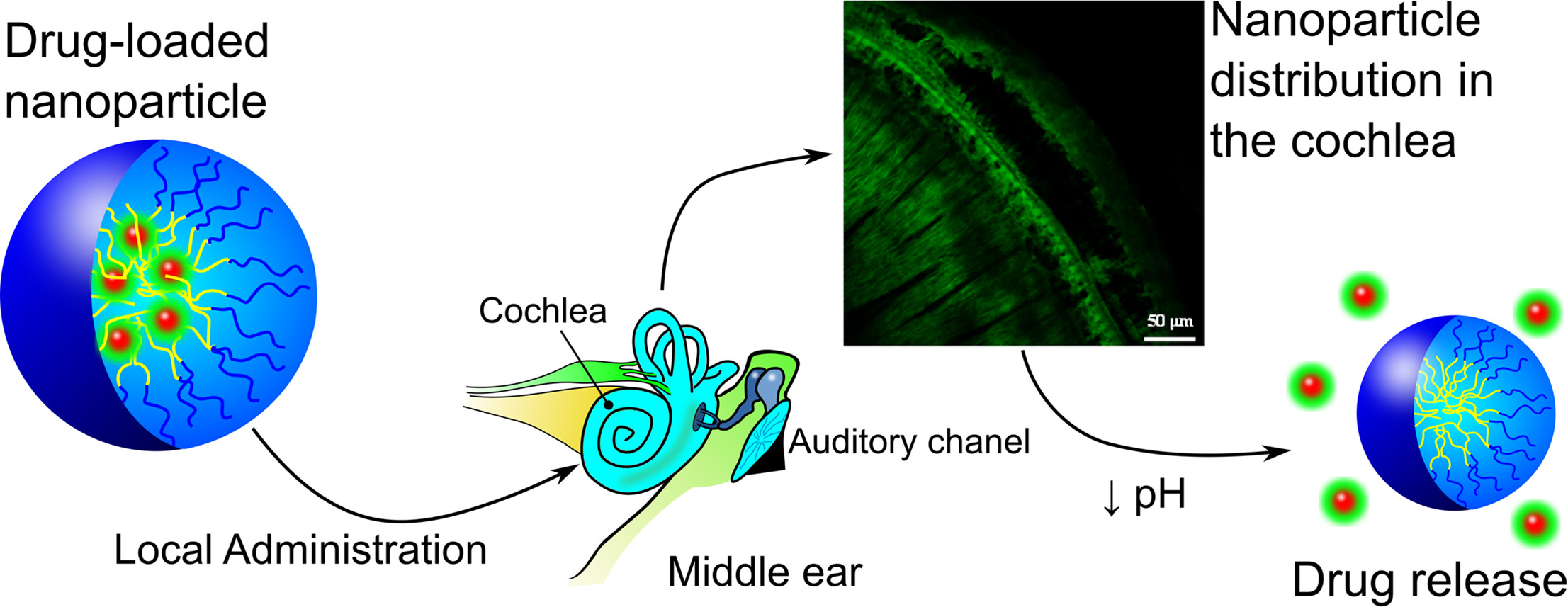Sr/Zn phytate compounds have been shown interest in biomaterial science, specifically in dental implantology, due to their antimicrobial effects against Streptococcus mutans and their capacity to form bioactive coatings. Phytic acid is a natural chelating compound that shows antioxidant and osteogenic properties that can play an important role in bone remodelling processes affected by oxidative stress environments, such as those produced during infections. The application of non-protein cell-signalling molecules that regulate both bone and ROS homeostasis is a promising strategy for the regeneration of bone tissues affected by oxidative stress processes. In this context, phytic acid (PA) emerged as an excellent option since its antioxidant and osteogenic properties can play an important role in bone remodelling processes. In this study, we explored the antioxidant and osteogenic properties of two metallic PA complexes bearing bioactive cations, i.e., Sr2+ (SrPhy) and Zn2+ (ZnPhy), highlighting the effect of the divalent cations anchored to phytate moieties and their capability to modulate the PA properties. The in vitro features of the complexes were analyzed and compared with those of their precursor PA. The ferrozine/FeCl2 method indicated that SrPhy exhibited a more remarkable ferrous ion affinity than ZnPhy, while the antioxidant activity demonstrated by a DPPH assay showed that only ZnPhy reduced the content of free radicals. Likewise, the antioxidant potential was assessed with RAW264.7 cell cultures. An ROS assay indicated again that ZnPhy was the only one to reduce the ROS content (20%), whereas all phytate compounds inhibited lipid peroxidation following the decreasing order of PA > SrPhy > ZnPhy. The in vitro evaluation of the phytate’s osteogenic ability was performed using hMSC cells. The results showed tailored properties related to the cation bound in each complex. ZnPhy overexpressed ALP activity at 3 and 14 days, and SrPhy significantly increased calcium deposition after 21 days. This study demonstrated that Sr/Zn phytates maintained the antioxidant and osteogenic properties of PA and can be used in bone regenerative therapies involving oxidative environments, such as infected implant coatings and periodontal tissues.
Amphiphilic polymeric nanoparticles encapsulating curcumin: Antioxidant, anti-inflammatory and biocompatibility studies
Oxidative stress and inflammation are two related processes common to many diseases. Curcumin is a natural compound with both antioxidant and anti-inflammatory properties, among others, that is recently being used as a natural occurring product alternative to traditional drugs. However, it has a hydrophobic nature that compromises its solubility in physiological fluids and its circulation time and also presents cytotoxicity problems in its free form, limiting the range of concentrations to be used. In order to overcome these drawbacks and taking advantage of the benefits of nanotechnology, the aim of this work is the development of curcumin loaded polymeric nanoparticles that can provide a controlled release of the drug and enlarge their application in the treatment of inflammatory and oxidative stress related diseases. Specifically, the vehicle is a bioactive terpolymer based on a α-tocopheryl methacrylate, 1-vinyl-2-pyrrolidone and N-vinylcaprolactam. Nanoparticles were obtained by nanoprecipitation and characterized in terms of size, morphology, stability, encapsulation efficiency and drug release. In vitro cellular assays were performed in human articular chondrocyte and RAW 264.7 cultures to assess cytotoxicity, cellular uptake, antioxidant and anti-inflammatory properties. The radical scavenging activity of the systems was confirmed by the DPPH test and the quantification of cellular reactive oxygen species. The anti-inflammatory potential of these systems was demonstrated by the reduction of different pro-inflammatory factors such as IL-8, MCP and MIP in chondrocytes; and nitric oxide, IL-6, TNF-α and MCP-1, among others, in RAW 264.7. Finally, the in vivo biocompatibility was confirmed in a rat model by subcutaneously injecting the nanoparticle dispersions. The reduction of curcumin toxicity and the antioxidant, anti-inflammatory and biocompatibility properties open the door to deeper in vitro and in vivo research on these curcumin loaded polymeric nanoparticles to treat inflammation and oxidative stress based diseases.
pH-sensitive polymeric nanoparticles with antioxidant and anti-inflammatory properties against cisplatin-induced hearing loss
Polymeric nanoparticles (NP) based on smart synthetic amphiphilic copolymers are used to transport and controlled release dexamethasone in the inner ear to protect against the ototoxic effect of cisplatin. The NP were based on a mixture of two pseudo-block polymer drugs obtained by free radical polymerization: poly(VI-co-HEI) and poly(VP-co-MVE) or poly(VP-co-MTOS), being VI 1-vinylimidazole, VP N-vinylpyrrolidone, and IBU, MVE and MTOS the methacrylic derivatives of ibuprofen, α-tocopherol and α-tocopheryl succinate, respectively. The NP were obtained by nanoprecipitation with appropriate hydrodynamic properties, and isoelectric points that matched the pH of inflamed tissue. The NP were tested both in vitro (using HEI-OC1 cells) and in vivo (using a murine model) with good results. Although the concentration of dexamethasone administered in the nanoparticles is around two orders of magnitude lower that the conventional treatment for intratympanic administration, the NP protected from the cytotoxic effect of cisplatin when the combination of the appropriate properties in terms of size, zeta potential, encapsulation efficiency and isoelectric point were achieved. To the best of our knowledge this is the first time that pH sensitive NP are used to protect from cisplatin-induced hearing loss by intratympanic administration.



